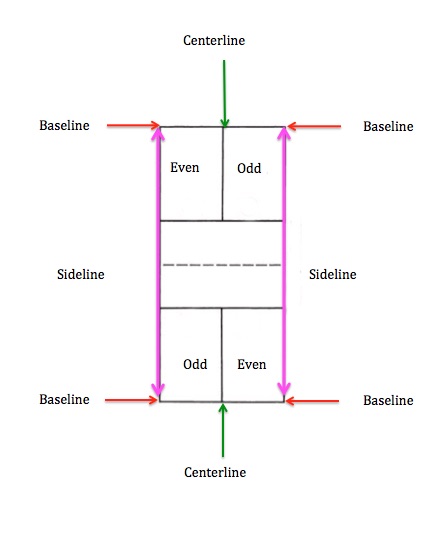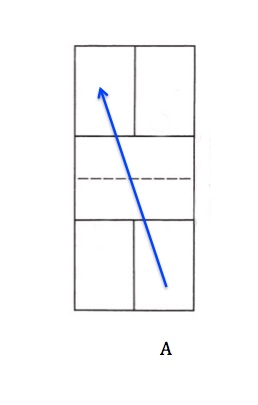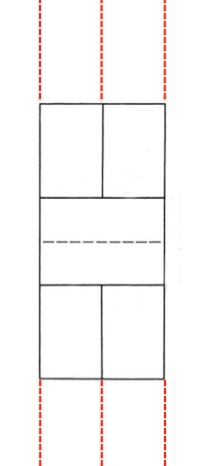Almost weekly I will be watching a pickleball game and a ball is hit that is very close to the boundary line. That is to say, the ball is barely “in” or barely “out. The team receiving the shot does not seem to be able to make a definitive call and a meeting at the net of all players ensues.
Humorously, at this point someone might yell “open court,” thinking that the game is over. Waiting players scurry towards the court with the committee meeting taking place only to realize that the game is not over and they dissappointedly head back to their previous spots.
Meanwhile, the players at the net decide that the call could not be conclusively made by any of the players and thus they declare a do-over!
I have seen this scenario numerous times. There are very few do-overs in pickleball and the above situation would definitely not be one of them.
Let’s quickly take a look at the rule:
6.D.3. The opponent gets the benefit of the doubt on line calls made. Any ball that cannot be called “out” will be considered “in.” A player cannot claim a “let” because the ball was not seen or there is uncertainty. A player who does not make a call may appeal to the referee to make the call if they did not clearly see the ball land. If the referee is unable to make the call, the ball is “in.” The moment the receiving player/team appeals to the referee, they lose their right to make any subsequent “in” or “out” call. pp. 28 – 29, USAPA & IFP Official Rulebook
As stated above, according to the official rulebook, any ball that cannot be called “out” will be considered “in” and thus if there is doubt that the ball was out, then it must be considered in. There should not be a do-over.
For certain nobody is going to call the police or escort the players off of the court, but if you are like me, I like to stick to the official rules. The rules provide a “fairness framework” and facilitate a smoother level of play.
Line calls are very important and if you are not sure of the nuances of calling balls in or out and which lines are valid or not, I suggest you read the article linked below courtesy of the Charlotte Dilly News, Feb 1 2020.
Line Calls by Dick Osman
NOTE: Pay close attention to Dick Osman’s last paragraph – the bottom line!
More Pickleball Videos and Information
To See additional Pickleball Videos & Information Click Here (primarily for beginners and less experienced players)
Check out Additional Pickleball Information and Videos! (for all players including average to more experienced players)
**********
All original content on this blog is copyrighted by Jeffrey B. Ross with ALL Rights Reserved. While reference links back to JBRish.com are appreciated and encouraged, please acquire approval for any reproduction of original content from this website.
©Jeffrey B. Ross 2014 – 2020 – JBRish.com




